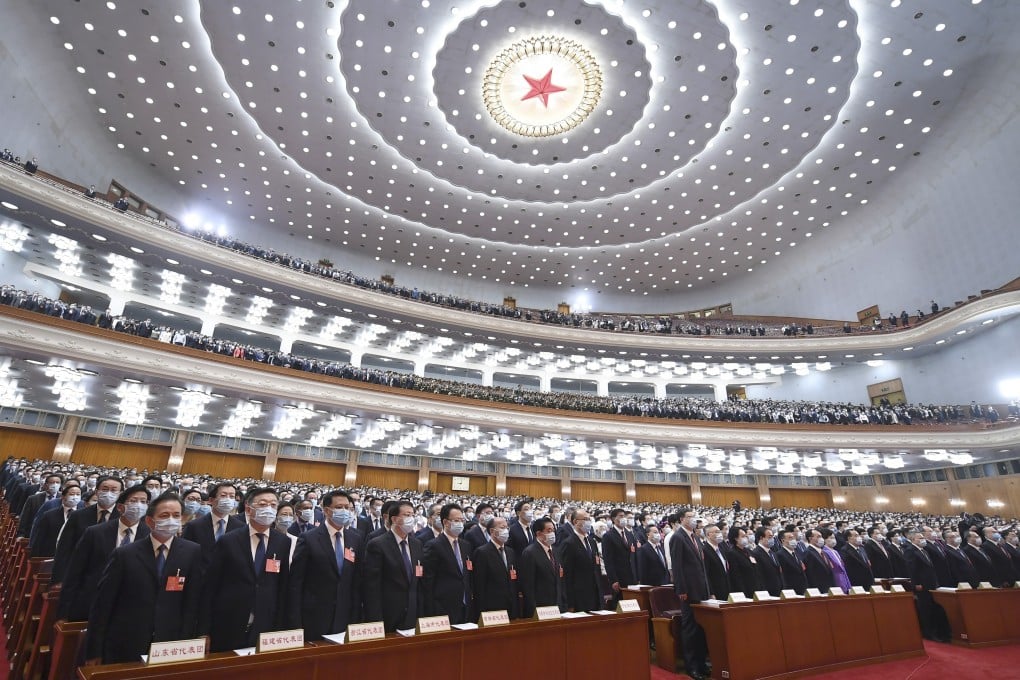Advertisement
China GDP: Beijing abandons 2020 economic growth target, Premier Li Keqiang confirms at NPC
- China will not set an economic growth target for 2020, Premier Li Keqiang confirmed at the National People’s Congress (NPC) on Friday in Beijing
- China has set a target of creating 9 million new urban jobs, while the target for consumer price index (CPI) growth is around 3.5 per cent
Reading Time:3 minutes
Why you can trust SCMP

China will not set an economic growth target in 2020, Premier Li Keqiang confirmed at the National People’s Congress on Friday in Beijing
The move was expected in some quarters, with the economy having contracted by 6.8 per cent in the first quarter of 2020 compared to a year earlier, under huge pressure from the coronavirus pandemic.
“We have not set the specific [gross domestic product] target mainly due to the global pandemic and big uncertainties in the economy and trade,” read the work report, adding that China was facing an “unpredictable” time.
Advertisement
China's government has, though, set a target of creating 9 million new urban jobs, compared to 11 million last year, and a surveyed urban unemployment rate of around 6 per cent, compared to 5.5 per cent last year. In 2019, China created 13.52 million new urban jobs.
We need to blaze a new path that enables us to respond effectively to shocks and sustain a positive growth cycle
The target for consumer price index (CPI) growth for the year is around 3.5 per cent, compared to 3 per cent last year.
Advertisement
Advertisement
Select Voice
Choose your listening speed
Get through articles 2x faster
1.25x
250 WPM
Slow
Average
Fast
1.25x